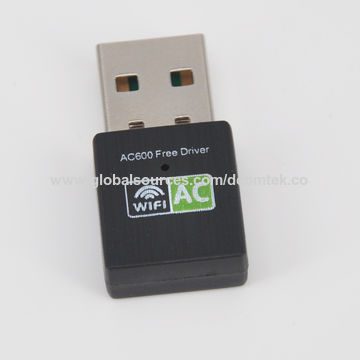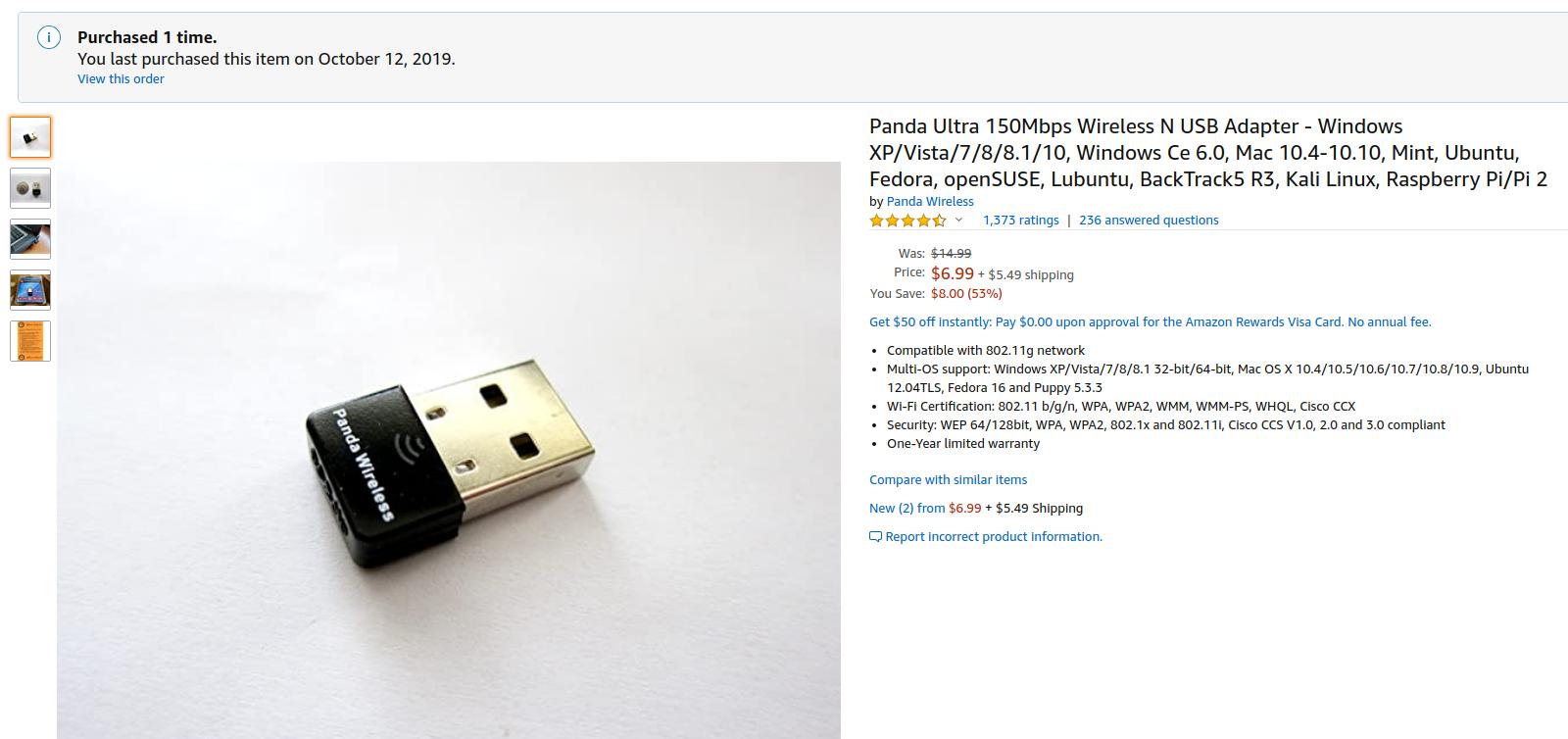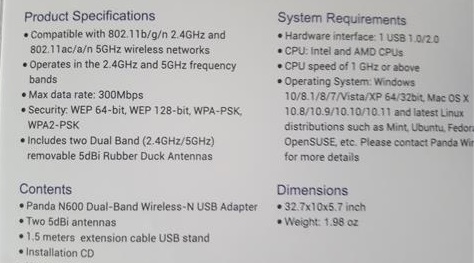

- #PANDA WIRELESS PAU05 ON WINDOWS VISTA DRIVERS#
- #PANDA WIRELESS PAU05 ON WINDOWS VISTA DRIVER#
- #PANDA WIRELESS PAU05 ON WINDOWS VISTA SOFTWARE#
- #PANDA WIRELESS PAU05 ON WINDOWS VISTA PC#

Sometimes multiple times, such as when it is bundled with a WiFi manager.
#PANDA WIRELESS PAU05 ON WINDOWS VISTA DRIVER#
If the driver is packed in an executable (. In this example, the driver supports both PCI and USB Realtek devices, so, it will help narrow down what compatibility you have to look for on Linux.

Scroll down and there will be lists of IDs that are supported by that driver. inf file needs to be opened in a text editor (supporting UTF-16). It doesn't really matter which version of Windows, the important information are some filenames (and content). In this case, the Windows driver of the AWUS036AC. It is very useful when searching for laptops that are too new to be in any search engine results. The exact same principles apply to internal devices, the only difference is they will be found under lspci.Īnother way to find the chipset/driver, after exhausting the options above, if you don't have the device itself is to download the driver. Multiple pages would be returned because multiple adapters share the same USB ID. Searching for that ID in WikiDevi or any search engine would also help finding the chipset and driver required. This is also displayed in WikiDevi: USB\VID_0BDA&PID_8812 (this is the same as the IDs on Linux, they're just uppercase and they contain some text around: USB device, VID stands for Vendor ID, PID stands for product ID).
#PANDA WIRELESS PAU05 ON WINDOWS VISTA DRIVERS#
If it were on Windows, even if the drivers were not installed, looking in the device manager, that ID would be found in Details pane of the device itself, in the property “Hardware IDs”.

It also lists the IDs ( 0bda:8812) which is what would be returned on Linux with the lsusb command, right next to ID. The box on the right contain all the information needed to identify the chipset manufacturer and model. Searching for “Alfa AWUS036AC wikidevi” returns me this page on WikiDevi. This can be done by one or more of these techniques: You first need to determine what wireless chipset your card uses. The next section describes the operating systems supported and limitations by chipset.
#PANDA WIRELESS PAU05 ON WINDOWS VISTA SOFTWARE#
Knowing the wireless chipset manufacturer allows you to determine which operating systems are supported, software drivers you need and what limitations are associated with them. However, for our purposes, it is critical to know the wireless chipset manufacturer. This is because card manufacturers generally don't want to reveal what they use inside their card. Unfortunately, it is sometimes the hardest to determine. This is the most important company to know. The second manufacturer is who makes the wireless chipset within the card. There are many, many manufacturers beyond the examples give here. Examples of card manufacturers are Netgear, Ubiquiti, Linksys, Intel and D-Link. The first is the brand of the card itself. There are two manufacturers involved with wireless cards.


 0 kommentar(er)
0 kommentar(er)
